#Roman monument
Text
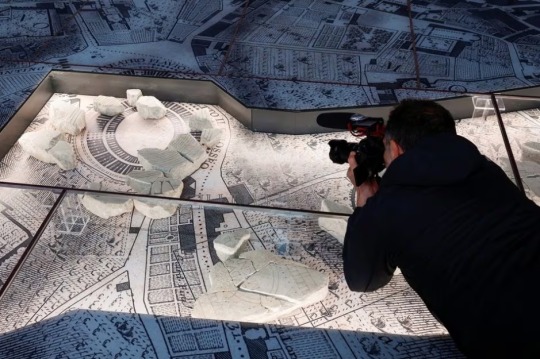

Ancient Monumental Marble Map of Rome on Display After 100 Years
A marble map of ancient Rome, that hasn't been put on public view for almost 100 years, is getting its very own museum within sight of the Colosseum.
The Museum of the Forma Urbis, enclosed within a new archaeological park on one of Rome's famous seven hills opens on Friday -- the latest offering from a city that is eager to broaden its attraction for growing hordes of tourists, according to Reuters.
"This is a beautiful day. We are opening an archaeological park in an extraordinary part of the city and a new museum showcasing a masterpiece which has not been visible for about a century," said Rome Mayor Roberto Gualtieri.
"We want a city where the museums and the streets are linked, and where people, while walking around, can fully appreciate and enjoy the beauty, but also better understand how our city has been transformed."
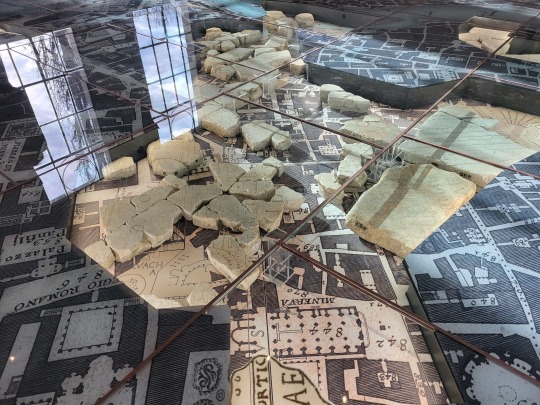

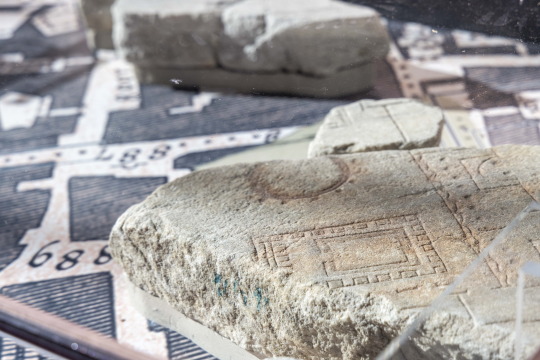
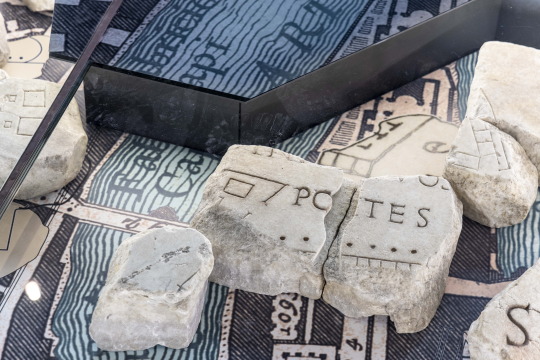

The Forma Urbis was a monumental, highly detailed marble map of ancient Rome carved during the reign of the Emperor Septimius Severus between 203 and 211 AD, engraved onto 150 separate slabs and measuring 18 by 13 metres (60 by 43 feet).
It was displayed on a wall in the ancient city, but over the centuries it gradually disintegrated, with locals using some slabs for new buildings.
During excavations in 1562, fragments were recovered and scholars estimate around 10% of the whole has survived, including sections showing the Colosseum and Circus Maximus, as well as floor plans of baths, temples and private houses.
The huge carving has proved a valuable resource for understanding the layout of ancient Rome, but all the remaining pieces have not been shown together since 1924.
In its new, innovative setting, the fragments have been laid out on a reproduction of a famous map of Rome created in the 18th century by the surveyor Giovanni Battista Nolli, who is credited with making the first accurate street plan of Rome.
The marble chunks lie on top of the Nolli map, showing their relation to the developing Renaissance city.


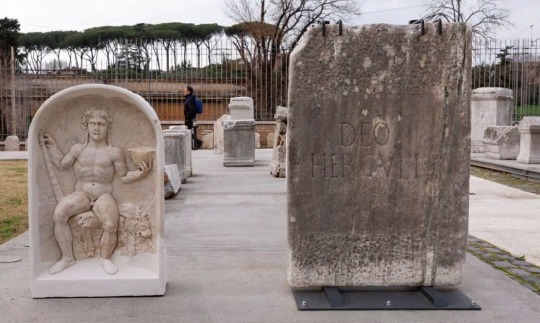

Outside the museum, in the open-air park on the side of the Caelian Hill, archaeologists have out laid out walkways lined with ancient Roman grave markers and marble columns found in excavations around the city in recent decades.
"The Caelian Hill, one of the seven hills of ancient Rome, has remained in the shadows, unknown and inaccessible for a very long time. Today, we are finally giving it back to the city," said Claudio Parisi Presicce, who oversees Rome's cultural heritage.
"The hill has a special importance because it is what unites the monumental area of the Imperial Forums, the Roman forum, the Colosseum and the area of the Appia Antica," he said.
The 5-million-euro ($5.5 million) project is part of a broader refurbishment of Rome, which has seen a tourism boom since the end of the COVID-19 pandemic and is expected to be submerged by visitors in the 2025 Roman Catholic Holy Year.

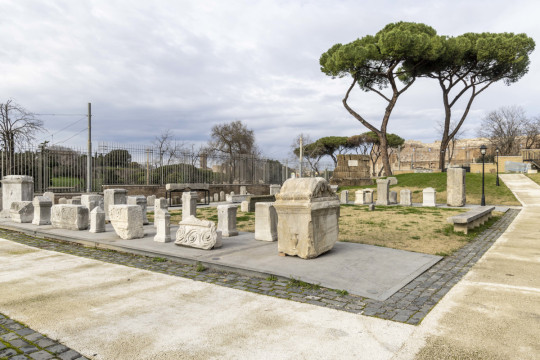
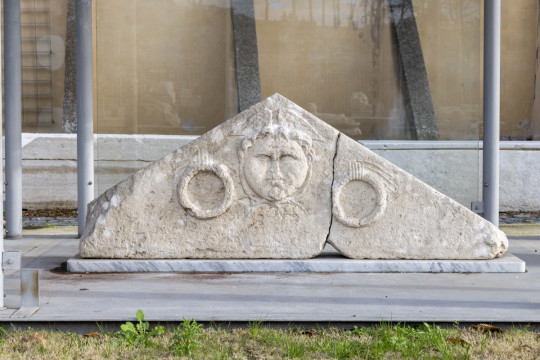

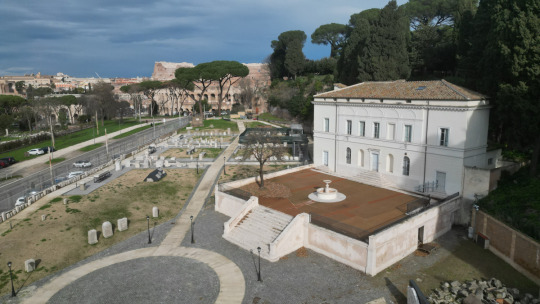
#Ancient Monumental Marble Map of Rome on Display After 100 Years#The Museum of the Forma Urbis#The Forma Urbis#Emperor Septimius Severus#ancient artifacts#archeology#archeolgst#history#history news#ancient history#ancient culture#ancient civilizations#ancient rome#roman history#roman empire#roman emperor#roman art
152 notes
·
View notes
Text
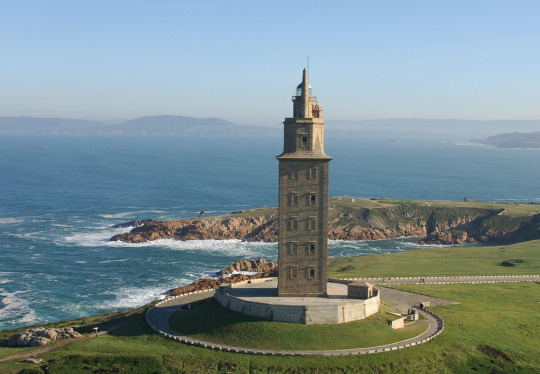
The Tower of Hercules, a Roman lighthouse in A Coruña, Galicia, Spain
#tower of hercules#roman#lighthouse#torre de hércules#a coruña#galicia#spain#atlantic#atlantic ocean#tower#towers#lighthouses#europe#european#antiquity#architecture#monument#monuments#history#ancient rome#farum brigantium
140 notes
·
View notes
Text

A Soviet funeral monument in the Roman style encased in glass, Novodevichiy Cemetery, Moscow
#dark academia#light academia#academia aesthetic#classical#academia#escapism#classic literature#books#books and libraries#architecture#statue#sculpture#monument#soviet#roman style#moscow#royal core#cottage core#gothic#vibe#mood#aesthetic
239 notes
·
View notes
Text
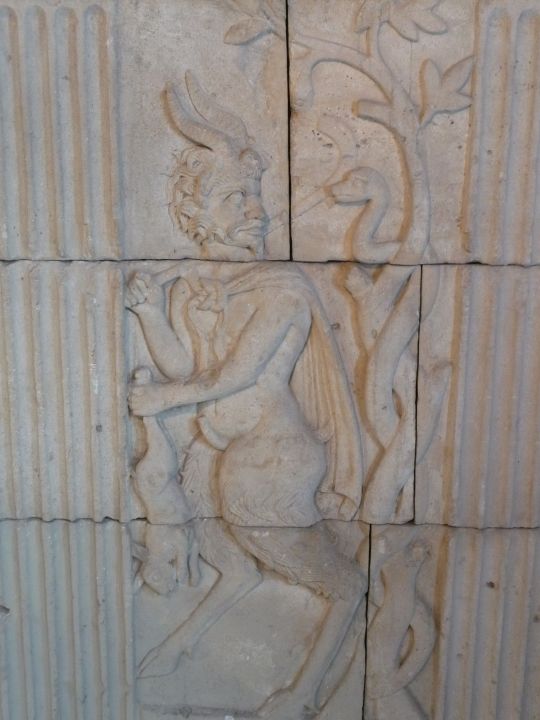
Sepulcher of Poblicius, a detail
* 40-50 CE
* Romano-Germanic Museum, Cologne
* More photos here
* Imperium Romanum: Amazing discovery
Cologne, November 2017
#Lucius Poblicius#sepulcher#Cologne#Germany#1st century CE#ancient#Roman#art#monument#relief#detail#Pan#animals#bunny#snake#Cologne Romano Germanic Museum#my photo
47 notes
·
View notes
Text
An international archaeology project has unearthed the remains of a Roman pagan temple beneath a parking lot in Spello, Italy. The ruins of this ancient structure have been dated to the era of the Roman emperor Constantine, who ruled Rome between 306 and 337 AD.
Constantine's historic conversion to Christianity marked a pivotal moment, as the majority of the Roman Empire still followed the imperial cult religion. The uncovered temple, dedicated to Constantine's alleged divine ancestors, the Flavian dynasty, highlights his efforts to integrate Christian and pagan practices. This challenges previous notions of a swift transition, emphasizing the complex coexistence of religions during Constantine's reign.
Professor Douglas Boin, who leads the project, emphasizes that the temple's existence challenges conventional views of cultural shifts, offering a tangible piece of evidence that blurs the lines between paganism and early Christianity in the Roman Empire.
#Pagan#Constantine#Emperor#temple#Christianity#Roman Places#Roman Temples & Monuments#Roman Empire#Rome#cult#ancient#history#ancient origins
29 notes
·
View notes
Photo

Horse sculpture by Gustavo Aceves next to Colosseum in Rome.
#rome#italy#architecture#colosseo#colosseum#buildings#places#art history#travel#europe#italia#original photography#horse#ancient rome#roman architecture#wanderlust#horse statue#monument#sculpture#roma
816 notes
·
View notes
Text

exploring
insta - shayollo
#rome#travel#traveling#travel photography#wanderlust#tourism#tourist attraction#italy#altar#monument#roman empire#archeology
27 notes
·
View notes
Text
Short story idea: A warrior-king hides his scars by replacing his damaged skin with gold. By the end, he’s entirely covered in gold, and his aging heart can’t carry his own weight. He dies of cardiac arrest in the middle of a battle speech. His kingdom collapses after his death, plunging into a dark age.
Centuries later people think the golden chassis is a statue in honor of the king, not realizing his bones are still inside.
#writing#concept#loosely inspired by Justinian the Great#a Roman emperor who expanded the Eastern Roman empire#and built many monuments#including the Hagia Sophia#shortly after his death the empire lost all but its core in Greece and Anatolia
198 notes
·
View notes
Text



Caminha, Portugal, 04-04-23
#Caminha#Portugal#04-04-23#photography#photo#photographers on tumblr#aesthetic#aesthetics#history#monument#medieval#middle ages#romanic#stone#stonecore#ruins#ancient#old#architecture#architecture photography
24 notes
·
View notes
Photo

Η γλώσσα λανθάνουσα τ’ αληθή λέγει.
- Menander
A slip of the tongue speaks the truth.
La Bocca della Verità, known in English as the Mouth of Truth, is one of the most interesting sculptures in Rome. It is a huge Pavonazzo marble mask weighing more than 1300 kg. It’s shaped as a disc, with carvings of a male face with wide open mouth, nostrils and eyes. You can find the Mouth of Truth at the ancient cattle market in Piazza della Bocca della Verità, specifically at the left side wall of the portico of the Santa Maria in Cosmedin church.
While it’s one of the best-known sculptures in Rome, the Mouth of Truth is surrounded by question marks. Little is known about it, other than the fact that it’s a couple of thousand years old. Myths and legends surround this massive piece of carved marble, which may very well be the reason behind its enduring appeal.
In the Middle Ages, the Mouth of Truth myth was born: it was said that liars who placed their hand inside the sculpture would immediately lose it. Supposedly, Medieval Romans saw the sculpture as a lie detector for those who committed acts like adultery and perjury. Piazza della Bocca della Verità was often a stopping point for trials of petty criminals, and travelers talked of a mythical practice that created a legend.
Those accused of petty crimes were asked to take an oath to their honesty at the piazza. They would then go through a great trial: answer the executioner’s questions with their hand inside the Mouth of Truth. If their words were true, they were sure to remain unharmed; if they lied, their hand would be bitten off. This terrifying ordeal served as a way to make people more honest, out of fear for consequences.
Of course, there was a catch, and there was less magic involved than the authorities would have people believe. It is said that on the other side of the sculpture stood a second executioner with a very sharp sword. If the executioner thought the accused was being untruthful, off with his hand it was.
As so many other stories regarding this sculpture, there’s no proof that any of the above ever happened. Yet the tale lives on, hundreds of years later.
This medieval myth became a well-known part of the Roman culture and is still a popular tall tale. To this day, Roman parents will tell the Mouth of Truth legend to their children: if you lie, young one, you’ll get your hand bitten off. Mammas will often tell kids they’ll take them to this ancient magical sculpture to test their honesty!
**Photo: Brigitte Bardot puts her hand into the Mouth of Truth.
#menander#quote#greek#classical#roman#rome#statue#truth#honesty#relic#mouth of truth#sculpture#la bocca della verita#monument#italy#bardot#brigitte bardot
97 notes
·
View notes
Text

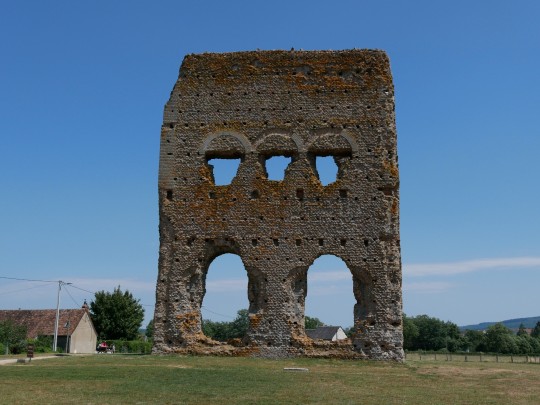

Temple de Janus #autun #architecture #archeologie #vestige #galloromain #bourgogne #archeology #augustodinum #temple #janus #empireRomain #antiquite
#antiquity#archeology#roman empire#monument#architecture#vestige#autun#temple#janus#burgundy#roman#gallo-romain#augustodinum#bourgogne#archeologie#antiquite#empire romain
48 notes
·
View notes
Text



Monumental Relief with the Nine Muses
Italian, Rome, 16th century
Marble.
105 by 220cm., 41½ by 86½in.
#Monumental Relief with the Nine Muses#marble#marble relief#marble sculpture#ancient artifact#archeology#archeolgst#history#history news#ancient history#ancient culture#ancient civilizations#ancient rome#roman history#roman art
342 notes
·
View notes
Text

View of the Pantheon, Rome by Abraham-Louis-Rodolphe Ducros
#abraham louis rodolphe ducros#louis ducros#du cros#art#pantheon#rome#roman#architecture#antiquity#temple#temples#monument#monuments#romantic#romanticism#europe#european#history#romans#ancient rome#italy
202 notes
·
View notes
Photo
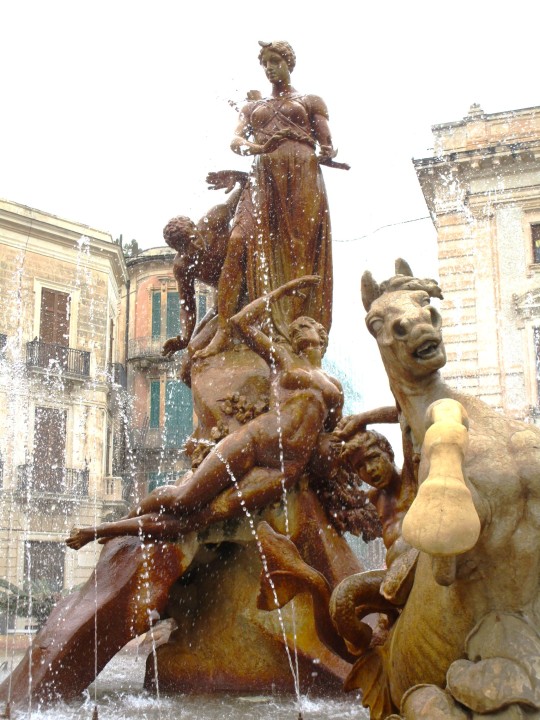
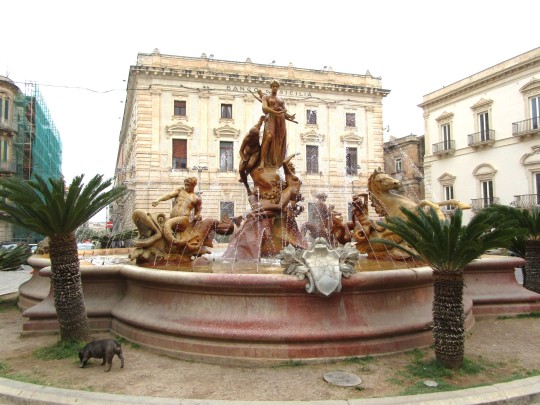


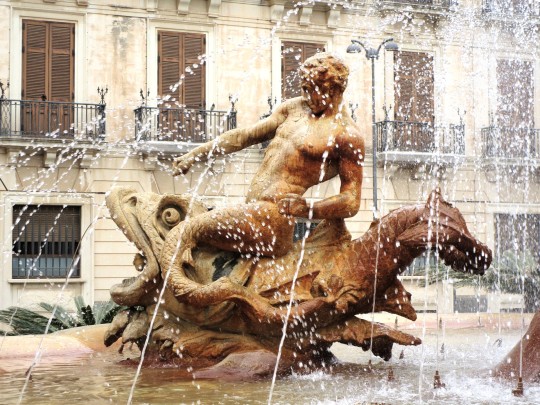
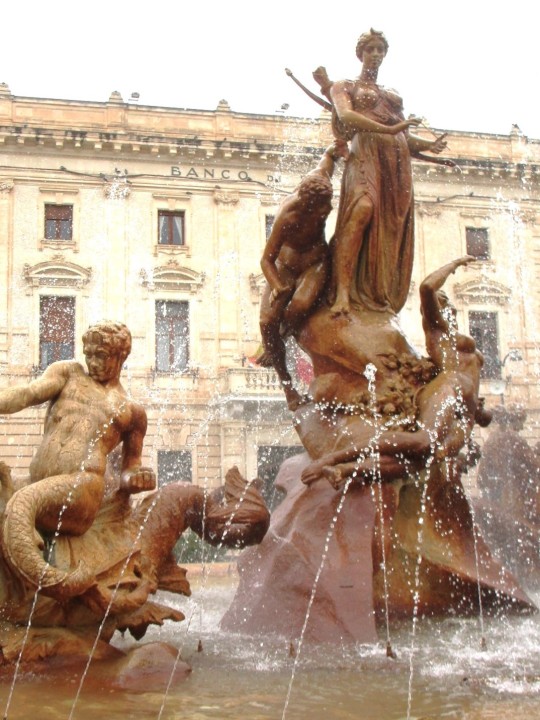


The Fountain of Diana, 1907, Reinforced concrete, Giulio and Mario Moschetti
Ortigia Island, Syracuse, Sicily
Photos by Charles Reeza
#monumental fountain#Roman mythology#Ovid's Metemorphoses#Arethusa#Alpheus#Nereid#river god#sea monster#travel photos#Italy#Siracusa
15 notes
·
View notes
Text






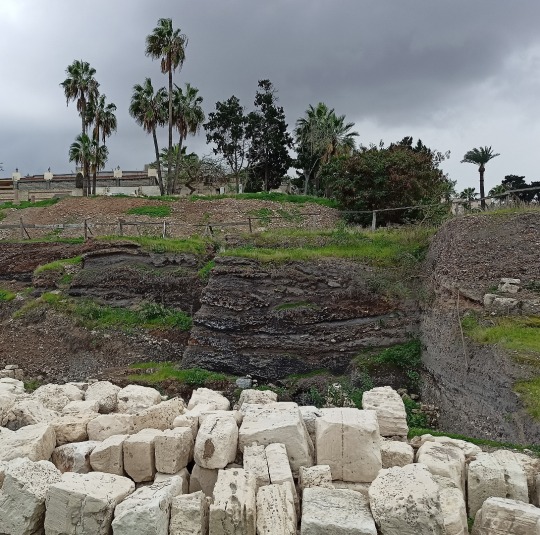



Roman Theater, Alexandria 💚
#my photos#photography#roman theater#alexandria#Egypt#Roman Theater Alexandria#alex#photos#تصويري#صوري#المسرح الروماني#الإسكندرية#مصر#monuments#roman culture#morning#winter#الشتاء#تصوير فوتوغرافي#تصوير#صور#الصباح#beauty#old#lovely#green and white#theater#مسرح#trees#clouds
2 notes
·
View notes
Text
Archaeologists have made a breathtaking discovery in the ancient city of Paestum, situated in ancient Magna Graecia on Italy's southern coast.
Nestled near the city walls, just a stone's throw away from the sea, two "exceptional" Doric-style temples have been uncovered, dating back to the early 5th century BC. These temples stand as a testament to the architectural prowess and spiritual life of the ancient Greeks.
Paestum, originally founded as Poseidonia around 600 BC, flourished under various rulers before falling under Roman control. The discovery of these temple remains offers invaluable insights into the religious practices that spanned across the Greek, Lucanian, and Roman periods.
27 notes
·
View notes